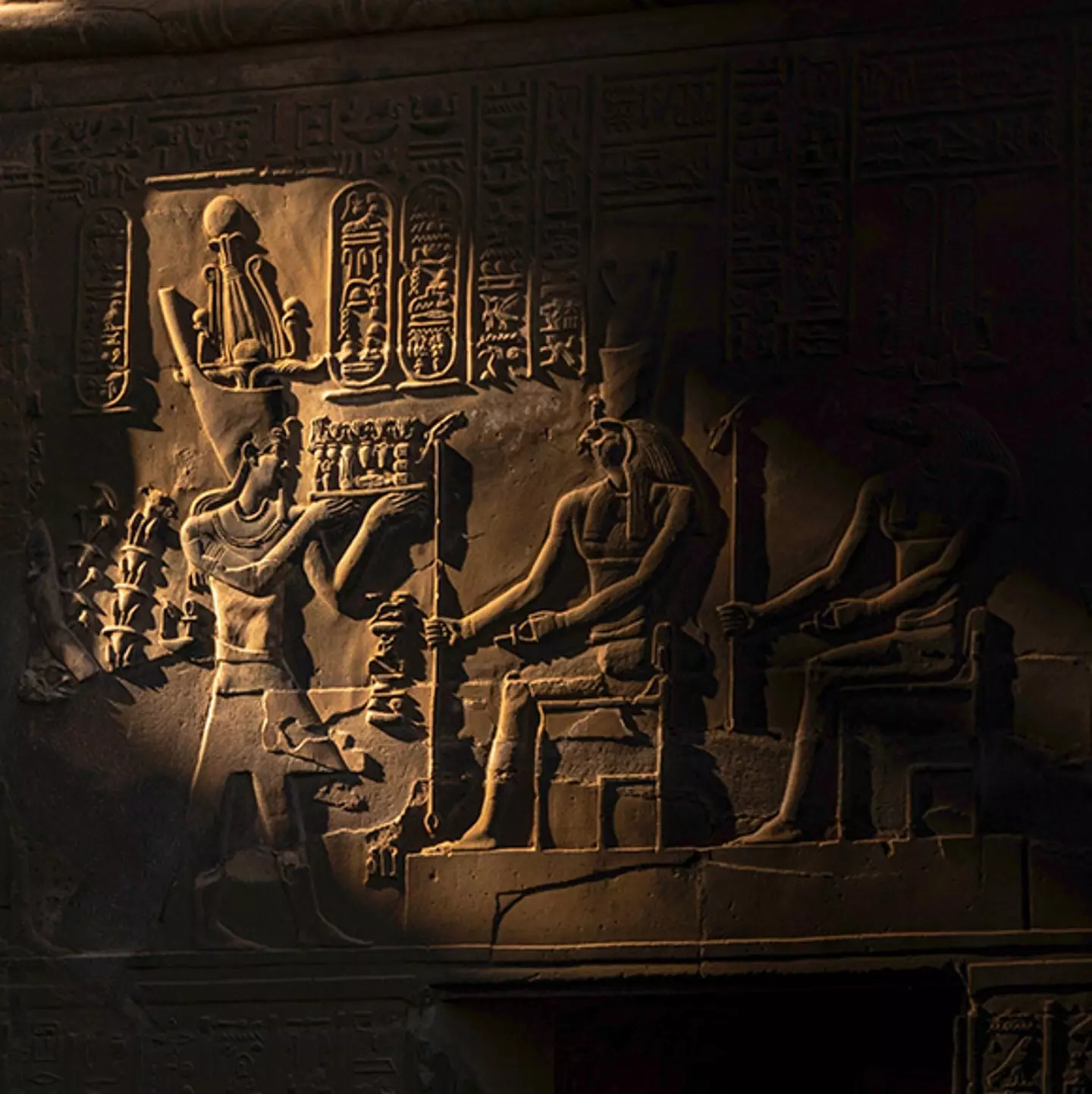Join us as we explore the Great Pyramids of Egypt, uncovering ancient secrets, hidden tombs, and the truth behind their construction. A journey through history like no other!
Introduction:
Have you ever wondered what lies beneath the towering Great Pyramids of Egypt? Imagine having unrestricted access to these ancient wonders, exploring hidden tombs, and uncovering secrets that have been buried for thousands of years. In this article, we take you on an unforgettable journey through the Great Pyramids, revealing the mysteries of ancient Egypt, the lives of the pharaohs, and the incredible engineering feats of the first Egyptians. Join us as we delve deep into the heart of these monumental structures, exploring places that are off-limits to the public and uncovering the truth behind their construction.
The Great Pyramid of Giza: A Journey Through Time
The Great Pyramid of Giza, built for Pharaoh Khufu around 4,500 years ago, is one of the most iconic structures in human history. Our exploration began in the Grand Gallery, a passageway leading to what Egyptologists believe is King Khufu's tomb. As we ventured deeper, we reached the king's final resting spot, a chamber that may have once held his mummified body. But the question remains: Is this truly the final resting place, or is there another hidden chamber yet to be discovered?
The Pyramid of Khafre: Descending into the Depths
Next, we explored the Pyramid of Khafre, the second-largest pyramid at Giza. Descending nearly 100 feet below the Earth's surface, we entered a burial chamber that was once thought to hold the remains of King Khafre. However, recent discoveries suggest that this chamber may have been a decoy, leading us to question where the pharaoh's true resting place lies. The pyramid's intricate design and the graffiti left by ancient explorers add to the mystery, making it a fascinating subject for Egyptologists.
The Pyramid of Menkaure: A Complex Network of Passageways
The Pyramid of Menkaure, the smallest of the three main pyramids, is known for its complex passageways and decorative carvings. As we navigated through its descending shafts, we reached the burial chamber, which features a vaulted ceiling designed to relieve the weight of the massive stone blocks above. The pyramid also includes three smaller pyramids, believed to be the tombs of Menkaure's wives. This discovery sheds light on the lives of the ancient Egyptian royalty and their burial practices.
The Sphinx: Uncovering the Secrets Beneath
No exploration of the Giza Plateau would be complete without a visit to the Sphinx. With the guidance of Dr. Zahi Hawass, we ventured beneath the Sphinx to search for hidden chambers and treasure. While we didn't find any gold, we did leave a piece of history behind—a rare Swarm token worth $10,000, buried for future generations to discover. This experience highlighted the enduring allure of the Sphinx and the many mysteries that still surround it.
The Workers' Tombs: Evidence of Human Labor
One of the most compelling pieces of evidence supporting the theory that the pyramids were built by ancient Egyptians is the discovery of the workers' tombs. These tombs, located near the pyramids, contain the remains of men and women who show signs of physical stress from manual labor. The skeletons, along with the tools and artifacts found in the tombs, provide a glimpse into the lives of the people who built these monumental structures. This discovery debunks the theory that aliens were responsible for the construction of the pyramids.
Ascending to the Top of the Great Pyramid
Our journey culminated in an ascent to the highest point inside the Great Pyramid, a feat that fewer than 50 people in modern history have accomplished. The climb was arduous, but the view from the top was worth it. As we stood at the pinnacle of this ancient wonder, we reflected on the incredible achievements of the ancient Egyptians and the enduring legacy of the pyramids.
Conclusion:
Our exploration of the Great Pyramids of Egypt has taken us deep into the heart of these ancient structures, uncovering secrets that have been hidden for thousands of years. From the burial chambers of the pharaohs to the workers' tombs, we have seen firsthand the evidence that supports the theory that the pyramids were built by the ancient Egyptians. These monumental structures are a testament to the ingenuity, skill, and determination of the people who built them. As we continue to explore and study the pyramids, we are reminded of the rich history and culture of ancient Egypt, and the many mysteries that still await discovery.
If you enjoyed this journey through the Great Pyramids of Egypt, be sure to share this article with your friends and leave a comment below. Don't forget to subscribe to our newsletter for more fascinating explorations and historical insights!
FAQ Section:
Q: Who built the Great Pyramids of Egypt?A: The Great Pyramids were built by the ancient Egyptians, as evidenced by the workers' tombs and the tools found near the pyramids.
Q: Are there hidden chambers in the pyramids?A: Yes, there are hidden chambers and passageways within the pyramids, some of which have yet to be fully explored.
Q: What is the purpose of the Sphinx?A: The Sphinx is believed to be a guardian figure, protecting the pyramids and the tombs of the pharaohs.
Q: How were the pyramids constructed?A: The pyramids were constructed using massive stone blocks, which were quarried, transported, and assembled by skilled workers.
Q: Can tourists visit the inside of the pyramids?A: Yes, tourists can visit certain parts of the pyramids, but access to some areas is restricted due to preservation efforts and safety concerns.
Tags:
Great Pyramids, Egypt, Ancient History, Archaeology, Pharaohs, Sphinx, Egyptian Tombs, Pyramid Exploration, Hidden Chambers, King Khufu, Pyramid of Khafre, Pyramid of Menkaure, Egyptology.
